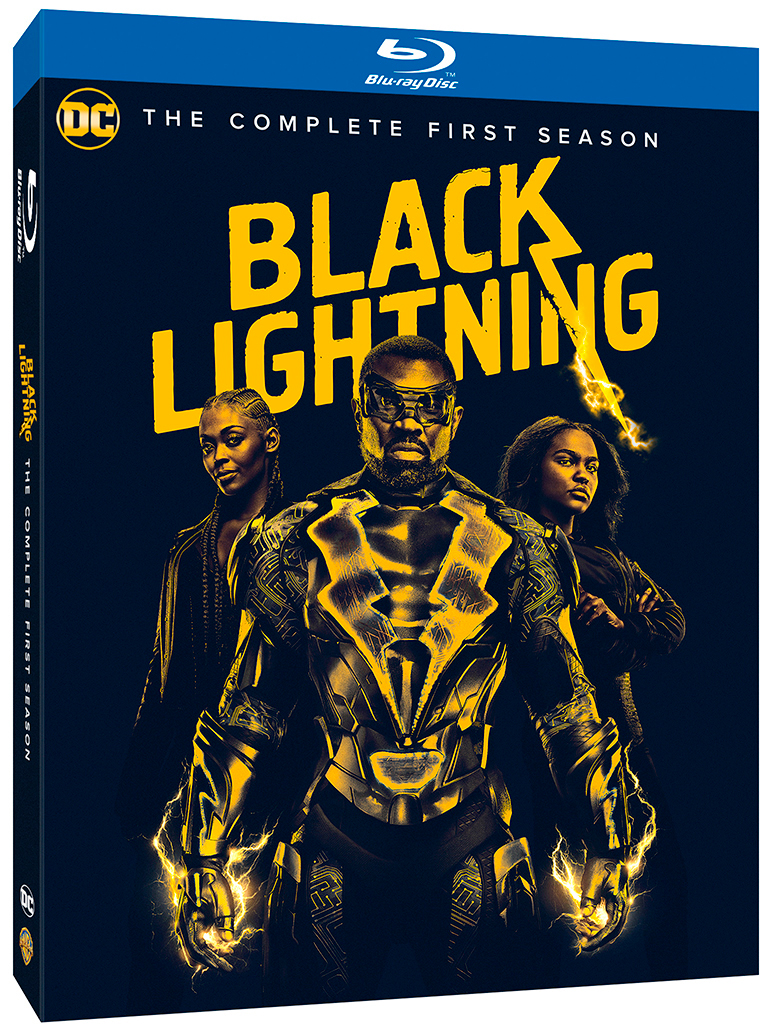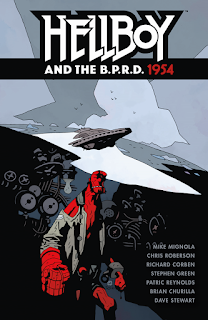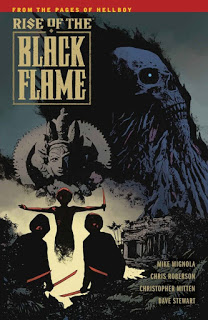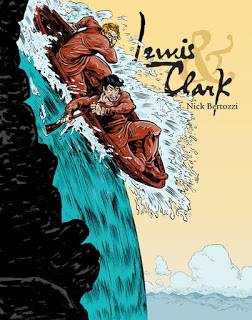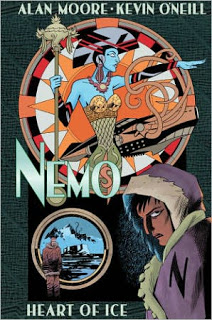Book-A-Day 2018 #103: Syllabus by Lynda Barry
This is not a graphic novel. It’s not even graphic non-fiction in a narrative form. It’s related to Lynda Barry’s last few books, What It Is and Picture This , but it’s less conventional and concerned with telling a story than those two books were.
Luckily, it has a title that tells us what it is: Syllabus .
Barry has taught courses in storytelling and creativity — that sounds vague, because they were inter-departmental courses that were about brain science as much as how to draw and write — for several years, mostly at the University of Wisconsin-Madison. This book is something like a blended experience of being in those classes, or perhaps particularly “The Unthinkable Mind” class from spring of 2013. It contains what seem to be Barry’s actual handouts and worksheets from that course, along with exercises from the students that year, organized chronologically to cover that whole semester. There are also some pages, especially near the beginning, that set the scene and explain her process and and overall plan for the class — but, as the book goes on, more and more it is a record of what that class did.
So it’s possible for a devoted student to follow most of the instructions here, and make for herself a one-person version of that course. (She couldn’t do everything, since there are some exercises where work gets handed around the class, with each person adding something new.)
Syllabus is a much denser book than What It Is and Picture This were: those aimed to entertain while touching on profound ideas, while Syllabus aims to document an entire teaching method and program. It’s all related — Barry’s ideas on art and life have been basically the same through the past decade — but Syllabus is the operationalization of those ideas, if you’ll let me descend into bafflegab for a moment.
I frankly was surprised by Syllabus: I wasn’t expecting a book so dense and so school-book-y. (Perhaps I should have read the title a few more times! It was not hidden.) I appreciate a lot of Barry’s work and enthusiasm, while still fervently believing that I would hate every second of being in a class like this…and not just because I’ve never liked or been good at drawing. But be aware: this is deeper and denser than her previous work, and is for a more rarefied and self-selected audience of people really interested in the sources of creativity and how to teach stimulating those sources.
![]()
![]()
Reposted from The Antick Musings of G.B.H. Hornswoggler, Gent.









